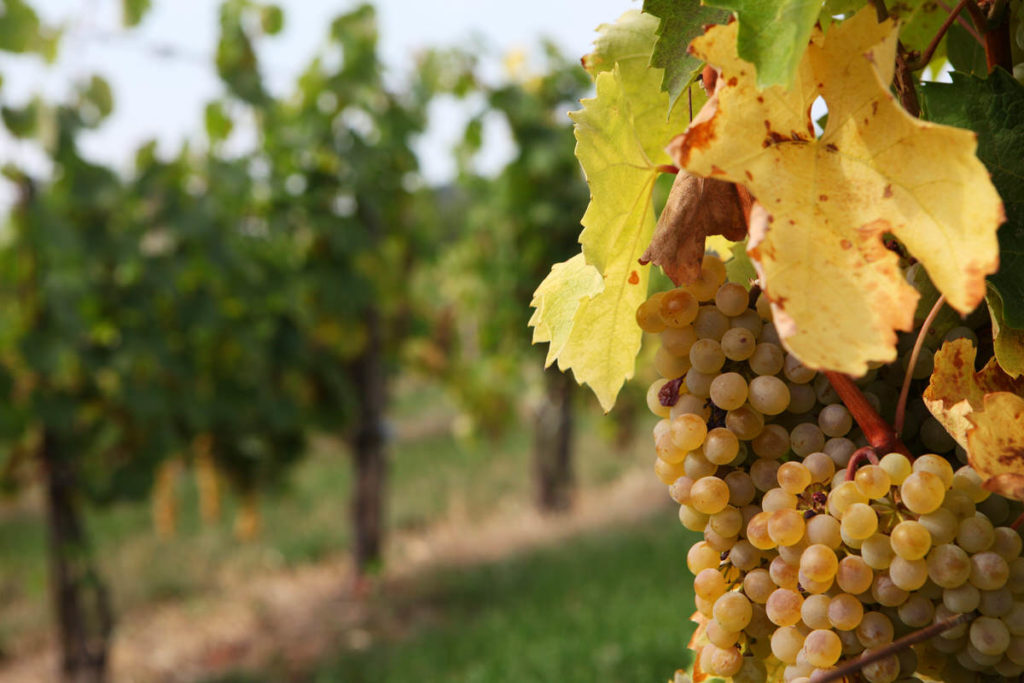Post and Courier – April 2024 – Spring Porch Sippers
As the weather begins to improve and winter loosens her grip, my focus shifts toward the impending imminence of porch drinking. Although the porch does not discriminate as to what liquid fills my glass, I find my seasonal selections leaning more in the direction of lighter styled wines. By no means am I restricting myself or proverbially pigeonholing my palate to one category, but rather surrendering to my wine whims as I welcome the Spring weather.
Although “lighter style” remains a fairly ambiguous term, the wines I tend to consume this time of year could also be referred to as “porch pounders.” Make no mistake, this is in no way an indication of their quality level but rather the ease in which they seem to vanish down one’s gullet. There are a myriad of wines that fit these criteria but I like to get consumers to shift slightly away from their typical “go to” bottles. I refer to this phenomenon as drinking laterally.
Chenin Blanc from Saumur
Our first wine is an appeasement to those acidophiles without being relegated to the thin, insipid, (but affordable) mass produced Pinot Grigio that does a sacrilegious disservice to this variety. I digress. The misunderstood and often overlooked Chenin Blanc more than fills that acid need but with a fuller slightly viscous mouthfeel. Our version, Arnaud Lambert Breze Midi Saumur 2022 ($27), hails from Saumur in the Loire Valley. Grown in tuffeau limestone that adds a delightful chalky mineral undertone.
sacrilegious disservice to this variety. I digress. The misunderstood and often overlooked Chenin Blanc more than fills that acid need but with a fuller slightly viscous mouthfeel. Our version, Arnaud Lambert Breze Midi Saumur 2022 ($27), hails from Saumur in the Loire Valley. Grown in tuffeau limestone that adds a delightful chalky mineral undertone.
Our variety is well known for its creshendowing acidity that can, in underripe years, be bracing at times. This winemaker helps keep our palate’s perception of acid in balance by aging on the expired yeast (sur lie) which also gives a richer texture. In addition, the use of some French oak helps by rounding out the mouthfeel while adding some complexity. Although you could easily drink this wine solo, I love to pair it with anything from the ocean that lives in a shell.
Pinot Grigio vs. Pinot Gris

If you were aghast at my previous jab at Pinot Grigio, then consider the next wine selection a repentance. This variety is quite capable of making some hauntingly good quality wines, but many of the “big boy producers” see a better profit line by overcropping and cutting corners. Our domestic version of this grape choses the Pinot Gris name, which usually gives us a hint that contents will be richer in style versus the brighter Italian style. Obviously, this is a blanket statement and many exceptions exist but, overall, these terms help give you an idea of what version you are buying.
Nine Hats Pinot Gris, Columbia Valley ($15) offers us the best of both worlds between acid structure and fruit. Peach, pear and honeysuckle leap from the glass only to transition to a tropical citrus palate-cleansing finish. With a well in check alcohol of 12.4% and at this price point, I’ll be pouring with blatant disregard for my guests as well as myself. If you are looking for a wine to pour with your shrimp dishes, this is it.
Furmint from Hungary
For the white wine drinkers that pursue a fuller body style with slightly less of an acid smack in the face, then I have the perfect wine for you. Traditionally the Furmint variety was long associated with the unctuous sweet wines of Tokaji but we are seeing drier (no residual sugar) renditions reach our domestic shores. Although they were known for high acid, thus helping add balance to those sweet versions, the style has somewhat changed.
 Some of the best producers are giving these grapes more hang time and leaving a slight amount of residual sugar to soften the wine. Before the “no sweet wine” crowd threatens to disavow me, you would be hard pressed to taste any sweetness in this wine. Királyudvar, Tokaji Furmint Sec ($20) creates a noticeable tension between the acid and residual sugar akin to a workplace attraction. The complexity on the nose showcases petrol, white plum, apricot, blossom, raw honey and tea leaf carrying through to the palate with added citrus, spice and nuttiness. With the bolder aromatics and fuller body, pair this wine with Peking duck, fish and chips or pork loin covered in apricot reduction.
Some of the best producers are giving these grapes more hang time and leaving a slight amount of residual sugar to soften the wine. Before the “no sweet wine” crowd threatens to disavow me, you would be hard pressed to taste any sweetness in this wine. Királyudvar, Tokaji Furmint Sec ($20) creates a noticeable tension between the acid and residual sugar akin to a workplace attraction. The complexity on the nose showcases petrol, white plum, apricot, blossom, raw honey and tea leaf carrying through to the palate with added citrus, spice and nuttiness. With the bolder aromatics and fuller body, pair this wine with Peking duck, fish and chips or pork loin covered in apricot reduction.
Willamette Pinot Noir
I’ve strayed you from the path of vino normalcy, but we can now come back to a certain level of familiarity for our final wine. Being true to myself, I must admit my torrid love affair with restrained sexy versions of the Pinot Noir grape. One of my wine opinions, of which there are numerous, remains that the best Pinot Noir are from cooler climate growing areas. Although I have tasted some very fine examples from California, France, South Africa and New Zealand, I keep going back to Willamette Valley.
Narrowing down one Pinot Noir from Oregon for the sake of publication lends itself to near folly, but I sacrifice for the sake of my readers. Compris Vineyard Mountain Echo Pinot Noir ($45) from Chehalem Mountains currently resides as my Pinot bedfellow of choice. The wine has evident dark fruit supported by baking spices, crushed dried woody herbs and a savory feeling. The Oregonian style of Pinot Noir seem to always accompany duck breast, mushroom risotto and herb crusted lamb without disappointment.
Mountain Echo Pinot Noir ($45) from Chehalem Mountains currently resides as my Pinot bedfellow of choice. The wine has evident dark fruit supported by baking spices, crushed dried woody herbs and a savory feeling. The Oregonian style of Pinot Noir seem to always accompany duck breast, mushroom risotto and herb crusted lamb without disappointment.
So as the weather continues to improve and your porch increases in consumption friendliness, I hope you stray a bit off of your well-trodden path of wine selections. The aforementioned wines will all offer you and your porch partners interesting alternatives to sample in the southern sunshine. You may have the belief that my “lighter style” philosophy for Spring drinking does not coincide with yours but I invite you to take a crack at it. Amazing discovery happens when we do not limit ourselves to the restraints of preconception or prejudice.




